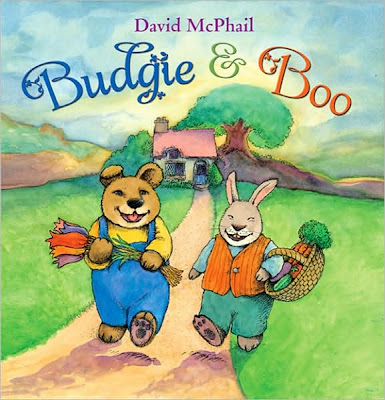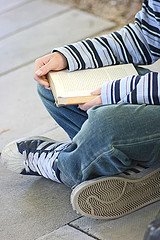When you see Inside Nan in the title of a post be aware that what follows is editorial comment, maybe a rant, a sigh, an eruption. If you don't want to know don't read it. I've been blogging for a year without the permission of the "Annotated" aspect so I have many Inside Nans waiting for publication. Here's the first...
 Sticks and Stones: The Troublesome Success of Children's Literature from Slovenly Peter to Harry Potter by Jack Zipes
Sticks and Stones: The Troublesome Success of Children's Literature from Slovenly Peter to Harry Potter by Jack Zipes
Here's the publisher's blurb: Have children ever really had a literature of their own? In Sticks and Stones, Jack Zipes explores children's literature, from the grissly moralism of Slovenly Peter to the hugely successful Harry Potter books, and argues that despite common assumptions about children's books, our investment in children is paradoxically curtailing their freedom and creativity. Sticks and Stones is a forthright and engaging book by someone who cares deeply about what and how children read.Here's Zipes... "To attract children and adults as consumers of literature, the very nature of the book - its design and contents-began to change. Gradually books began to be produced basically to sell and resell themselves and to make readers into consumers of brand names...(p. 6)...Children's books are formulaic and banal, distinguishable from another only by their brand labels. Yet book publishers argue that as long as these books get children to read, this is a good in itself...(p.7)





More Zipes: "I do not mean to slight the reviewers of children's books in local newspapers or in the popular press, but I have rarely read a negative review of a children's book or a book for young adults. It appears that everything and anything is good for children's minds and eyes. Good is rarely defined, though the reviewer may appear to have a firm grasp on what is appropriate literature ..."
I am reading this book and thinking about my field from Zipes' perspectives. So far I think he has strong opinions and arguments for them. And yes, the examples I posted are extreme but...What do you think? Lurk or go ahead and say it...
 Mrs. Lincoln's Dressmaker: The Unlikely Friendship of Elizabeth Keckley and Mary Todd Lincoln by Lynda Jones
Mrs. Lincoln's Dressmaker: The Unlikely Friendship of Elizabeth Keckley and Mary Todd Lincoln by Lynda Jones
 In response to the financial scandal after Mrs. Lincoln left the White House, Elizabeth Keckley wrote her own story, Behind the Scenes, in 1868 to "attempt to place Mrs. Lincoln in a better light before the world" and to "explain the motives" that guided Mrs. Lincoln's decisions regarding the "old clothes" scandal. Elizabeth enlisted the help of a man named James Redpath, an editor from New York and friend of Frederick Douglass to help Keckley edit and publish the book. Contrary to Mrs. Keckley's serious intentions, advertisements labeled the forthcoming book as a 'literary thunderbolt' and the publisher, Carleton & Company joined in by declaring it as a 'great sensational disclosure'.-Wikipedia
In response to the financial scandal after Mrs. Lincoln left the White House, Elizabeth Keckley wrote her own story, Behind the Scenes, in 1868 to "attempt to place Mrs. Lincoln in a better light before the world" and to "explain the motives" that guided Mrs. Lincoln's decisions regarding the "old clothes" scandal. Elizabeth enlisted the help of a man named James Redpath, an editor from New York and friend of Frederick Douglass to help Keckley edit and publish the book. Contrary to Mrs. Keckley's serious intentions, advertisements labeled the forthcoming book as a 'literary thunderbolt' and the publisher, Carleton & Company joined in by declaring it as a 'great sensational disclosure'.-Wikipedia 

 The Kind of Friends We Used to Be by Frances O'Roark Dowell
The Kind of Friends We Used to Be by Frances O'Roark Dowell



























 A Difficult Boy
A Difficult Boy


























